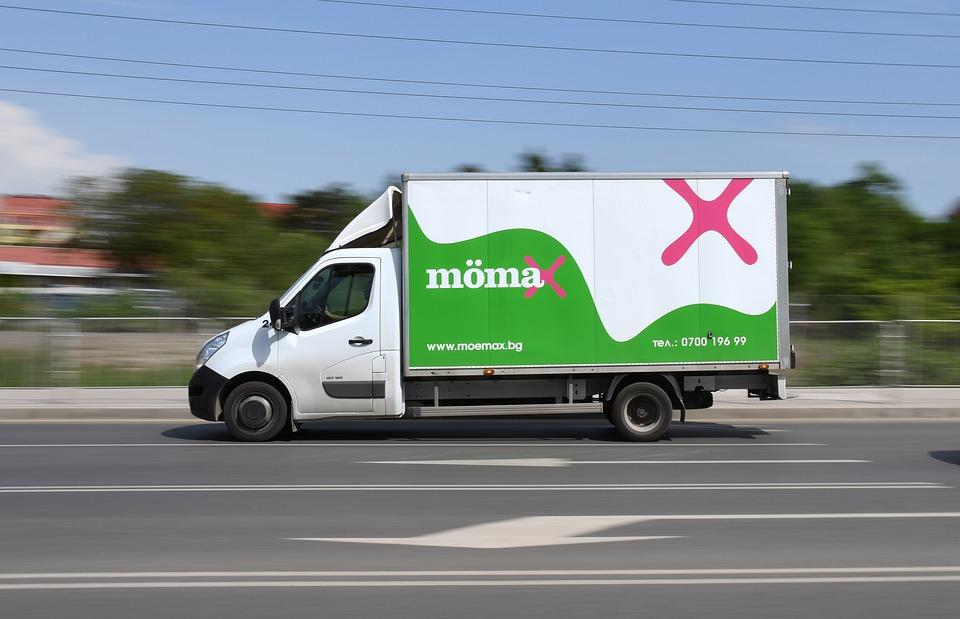Here are some tips to help you move sustainably and stress-free with your family.
Moving is a stressful process for everyone involved, but it doesn’t have to be. However, with the right planning and preparation, you can make the process easier for yourself and your family while also keeping the environment in mind.
Here are some tips to help you move sustainably and stress-free with your family.
Hire help
Hiring help for moving can be a sustainable and stress-free way to get the job done. People often Google the words “US post office near me” to find a service that will make sure their transition is as smooth as possible. Not only will it save you time and energy, but it can also be beneficial in reducing your environmental impact.
Professional movers are well-trained to properly pack and transport your belongings, which will reduce the chances of damage or breakage that can happen with amateur moves. Furthermore, hiring help can often be easier than attempting to move everything on your own. Professional movers typically have the right equipment and know-how to get the job done quickly, reducing the time and money required for a successful move.
Declutter before you move
To help make the experience as stress-free and sustainable as possible, it’s important to start the process with decluttering. Doing so before the move is essential for streamlining the packing process, minimizing your carbon footprint, and reducing stress.
Minimizing your belongings can help reduce the amount of time you’ll spend packing since it eliminates items that don’t need to be moved. This makes the process much more efficient and cost-effective — you won’t have to pay for boxes or expend energy on transporting things that aren’t necessary.
Decluttering also helps minimize your carbon footprint by reducing the amount of energy spent in transporting items that don’t need to be moved. This is especially important when you consider how many people move each year — if everyone reduced their possessions, it would have a positive impact on our planet!
Create a moving checklist
Moving can take a toll on both your physical and mental health, not to mention the environment if you don’t take steps to stay green. However, creating a checklist is a great way to save money, stay organized, reduce waste, and make sure your move is as stress-free and sustainable as possible. Here are some things you should include:
- timeline
- decluttering
- notifying important parties
- arranging for mail forwarding
- packing
- arranging for transportation
- changing the address
- clean the old home
- unpack
- settle in
Figuring out the best strategy to realize these tasks is key to a successful move. Make sure to carefully calculate the time needed for each step. Take into account travel time, the size of your new home, and any special arrangements that may need to be made for high-value items. Make sure to check all items off your list in order and don’t forget to double-check everything before leaving.
Get firm moving boxes
When packing your possessions for a move, it’s important to get boxes that are strong and sturdy enough to endure the journey. Not only will this reduce the stress of losing out on precious items during transport, but using durable boxes is also an environmentally-friendly way to move.
Firm moving boxes are specially designed specifically for moving purposes and provide added protection for your belongings when in transit. They are generally composed of thicker, double-wall corrugated cardboard and feature an interlocking lid that securely locks the box together – ensuring all of your items remain safe and secure during the move.
Label everything
Labeling helps ensure the safe and organized movement of your belongings, making the moving process more efficient and less overwhelming. Doing so organizationally can help you determine where items need to go in your new space, as well as help with quick unpacking.
Furthermore, it can be a helpful reminder of what needs moving, and help you keep track of your belongings when they’re in transit. To get the most out of labeling before the move, use different colors or sizes of labels for each room so that everything can be sorted quickly and easily. Additionally, noting fragile items can help prevent damage during transport.
Take breaks
Taking regular breaks can reduce stress, increase productivity, and even improve your overall physical health. While it’s tempting to stay at your desk or workstation for hours on end, research suggests that resting can help you be more creative and productive in the long run. When creating a timeline, put in breaks every couple of hours to give yourself some rest and recovery.
During these, instead of mindlessly scrolling through social media or watching YouTube videos, use your break as an opportunity to move. Go for a short walk around the block, practice some gentle stretching exercises, or hop on a stationary bike for 10 minutes—whatever movement feels good to you.
Moving can be a stressful and overwhelming process, but with the right plan in place, it doesn’t have to be. By creating a checklist, getting firm moving boxes, labeling everything, and taking regular breaks throughout the day you’ll ensure that your move is as efficient and sustainable as possible. With these tips in mind, you’re sure to reduce stress levels while keeping an eye on environmental impact during your transition into a new home!

































































































































































































